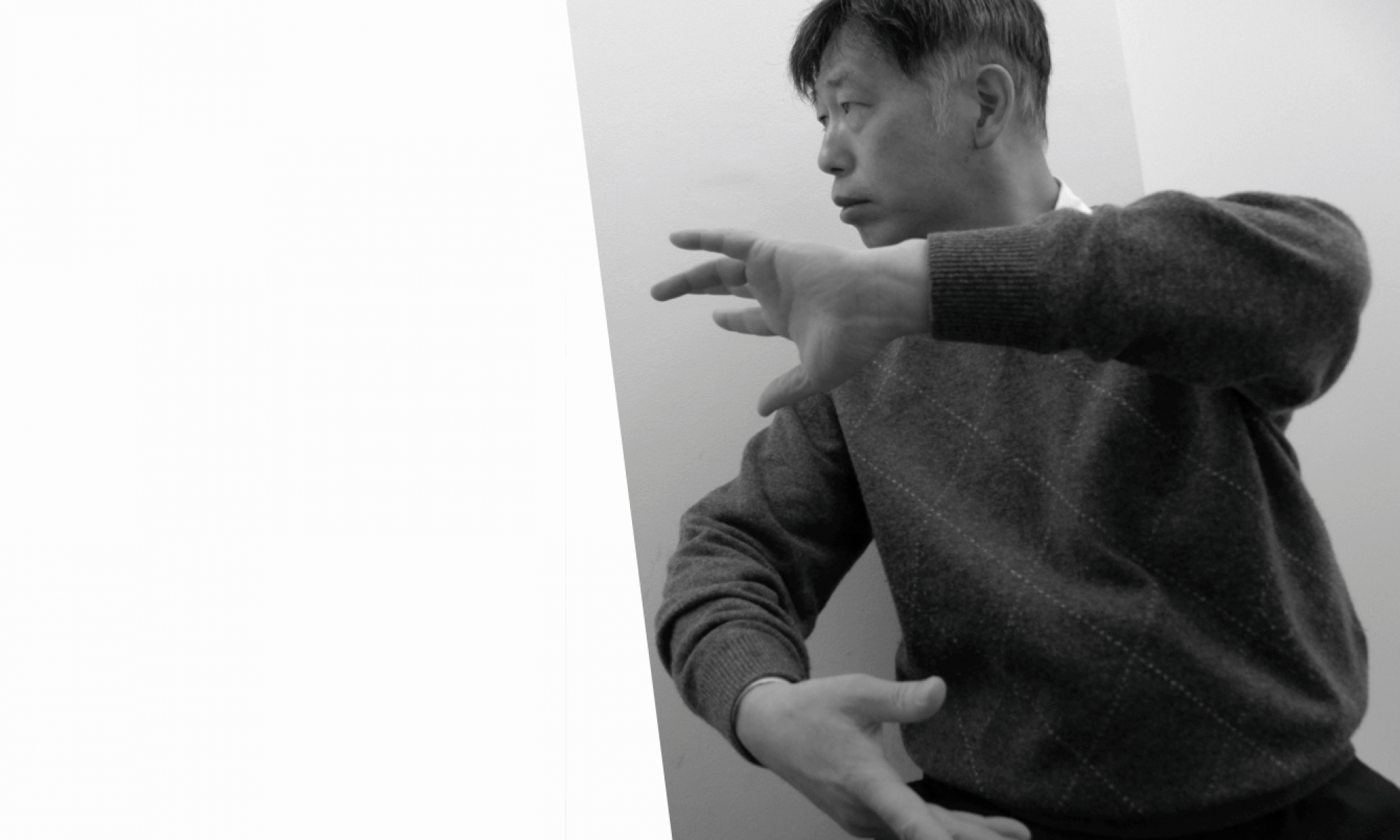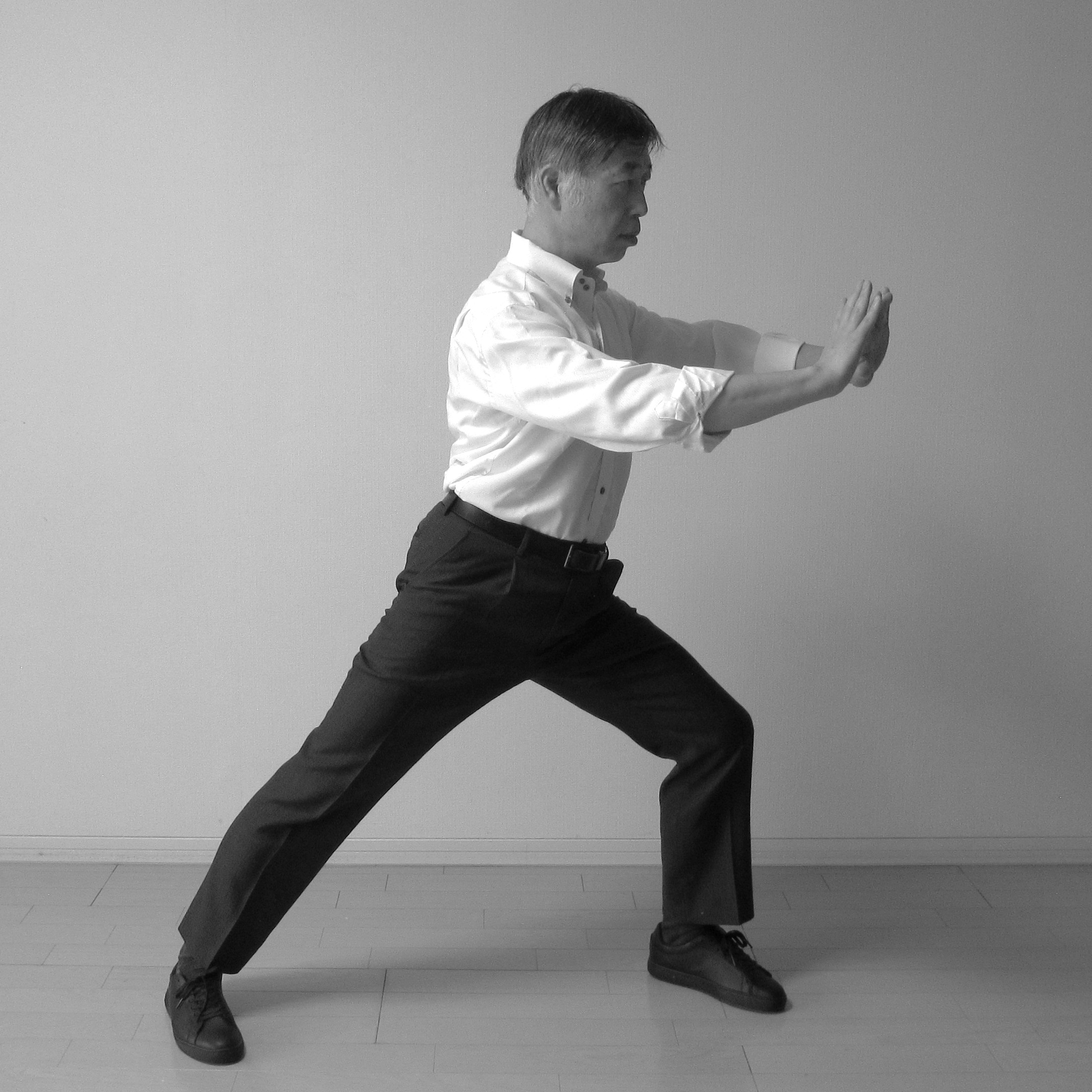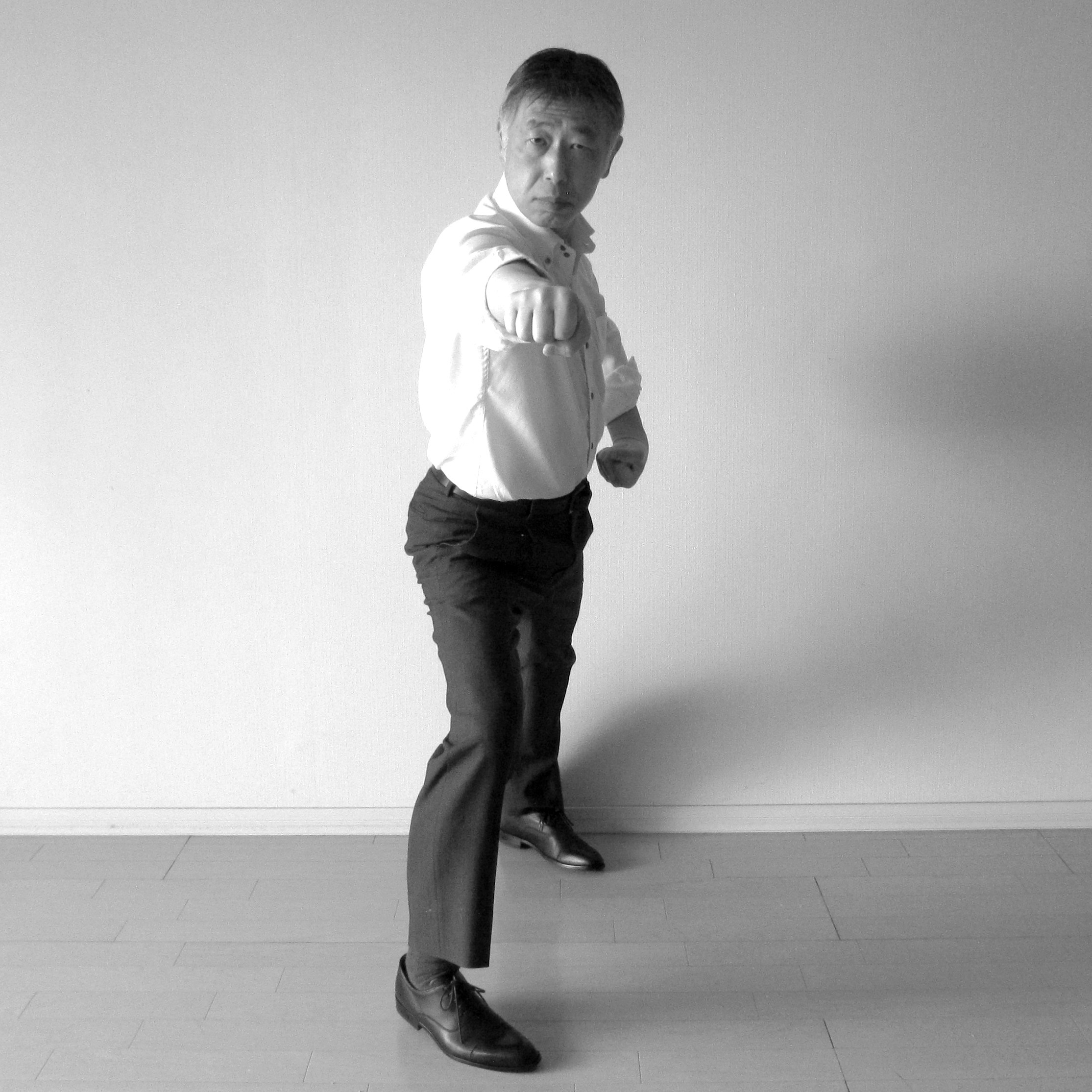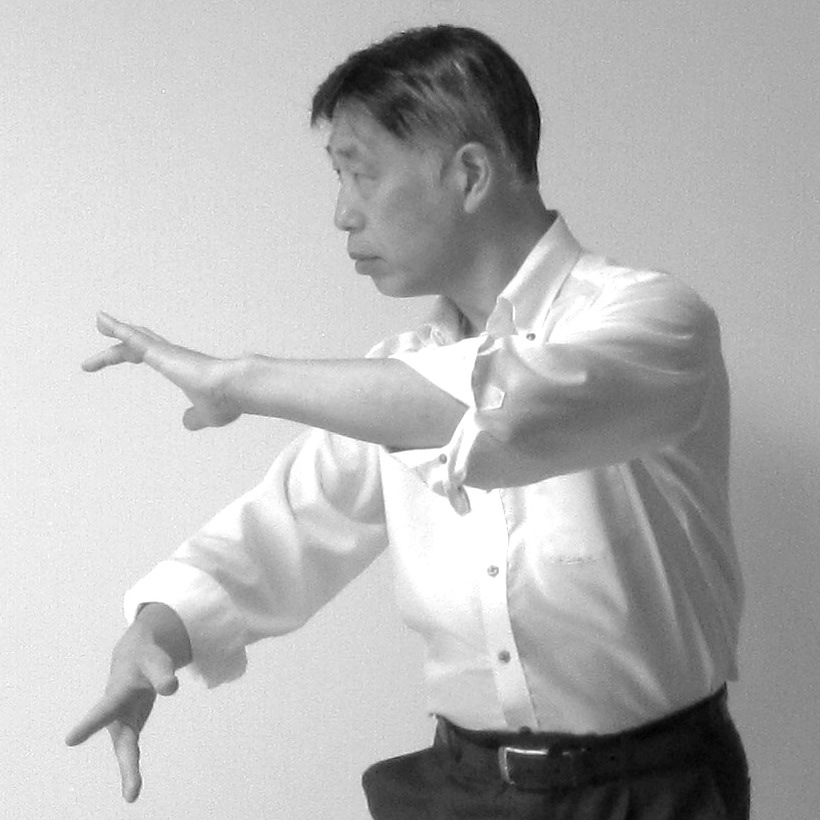“Why does Taijiquan move slowly?”
I sometimes get this questions.
Looking at the web, I can’t find any examples that are explained from a martial arts point of view.
I wonder why.

Taijiquan, Back to the tradition
There are no martial arts without Jin (勁). What is a traditional Neijin (内勁)?
“Why does Taijiquan move slowly?”
I sometimes get this questions.
Looking at the web, I can’t find any examples that are explained from a martial arts point of view.
I wonder why.

The source of human power is the legs and hips. No one would argue with this.
The legs and hips are connected by two joints.
Only those who control the movement of the hip joints can steps forward on the way to be a master.

What is Taijiquan Punch?
Taijiquan is north-style martial arts, and is based on the technique of shooting through.

Tai Chi is the northern style of Chinese martial arts, and bow stance is fundamentally used for strikes and punches.
Most parts of the Tai Chi forms (套路) are repetitions of this bow stance.
If you did not master the bow stance, you could not defeat people with Tai Chi’s palm strike.
Let’s explain.

(虚領頂勁 虚霊頂勁 虛領頂勁 虛靈頂勁 虚领顶劲 虚灵顶劲)
In the sports world, there is the word of “entering the zone”.
What does it mean? If you enter the zone, you can drive your best performance. In this state, relaxing and tense are living together, and your concentration is peak. You are in mysterious state.
Traditional theory in Taijiquan tells us an importance of “Top force with the neck empty (虛領頂勁)”.
Today, I would like to explain the relation between “Top force with the neck empty” and “entering the zone”.

Heel Kick (蹬脚)
Generally speaking, people who are doing Taijiquan seem to be not good at kicking. I often see the kick that the direction of power is not focused when kicking with a toe or with a heel.

“Playing the Lute (手揮琵琶)” is one of Taijiquan joint lock techniques.
Let me explain about it.